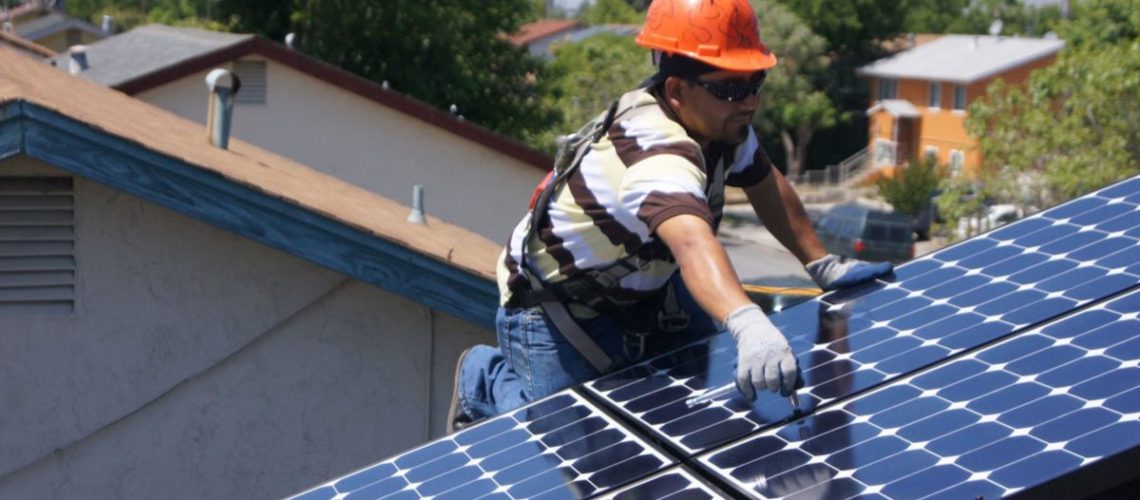The California Public Utilities Commission regularly receives numerous calls in their public proceedings in opposition to the rulemaking decision that will cut solar export rates.
Rooftop solar is considered an important part of the evolution of the electricity grid. It requires less transmission buildout than traditional, centralized power generation, is more resilient in events that disrupt the grid, and saves land.
Yet, in December 2022, the California Public Utilities Commission (CPUC) decided to pass NEM 3.0, cutting payments for exported solar energy by about 75%, adopting a utility-developed avoided cost calculator to set rates. The decision was justified based on an analysis that suggested non-rooftop solar customers were subsidizing their neighbors that decided to invest in the clean energy transition.
The provision was unpopular with solar homeowners and prospective rooftop solar shoppers, as it is expected to worsen the return on investment for rooftop solar. ROTH Capital Partners projected that demand for residential solar in California would fall by 30% following implementation of NEM 3.0.
The decision came following passionate public testimony in opposition to the rulemaking change, and well over a year of protests and pleas to block or delay the change.
While the CPUC has not addressed NEM 3.0 since the December vote, public advocates and California citizens are still actively opposing it. The latest phase of opposition is led by a coalition of more than 100 groups, which requested the CPUC delay NEM implementation in an appeal this January. The coalition included the Center for Biological Diversity, Protect Our Communities Foundation and the Environmental Working Group.
California Public Utilities Code § 1708 deems “The commission may at any time . . . rescind, alter, or amend any order or decision made by it.”
“There’s still time to fix this without going to court,” said Roger Lin, an attorney at the Center for Biological Diversity. “Failing to consider rooftop solar’s benefits to environmental justice communities makes it harder for these families to afford it, and that’s illegal.”
The coalition argued that the commission’s decision will harm the ability of environmental justice communities to benefit from solar energy, and requested the CPUC delay implementation until this concern was addressed.
“Under this plan, the gap will widen between those who can afford solar and those who can’t,” said Lin.
Read more about the benefits of rooftop solar, and why utilities may be motivated to quash it in a report from the Center for Biological Diversity.
While some argue the rulemaking decision kneecaps the rooftop solar industry, others suggest that it is a necessary part of the evolution of the grid with distributed energy storage as a feature component.
“A solar-plus-storage market is already a norm in places like San Diego, and developers should be ready for that trend to continue across the state,” said Pari Kasotia, senior director and head of policy at DSD Renewables. DSD Renewables develops community, commercial, and industrial distributed solar projects nationwide, including in California.
Motivated by this opportunity to appeal, California citizens took to the phones for several hours on a March 16 call that did not have NEM on the agenda. The callers said that NEM 3.0 opposes state mandates to keep rooftop solar growing, underestimated the environmental benefits of rooftop solar, and keeps the technology out of reach for low-income customers.
“NEM 3 condemns California to one step forward, two steps back future,” said one caller in the public comment hearing.



